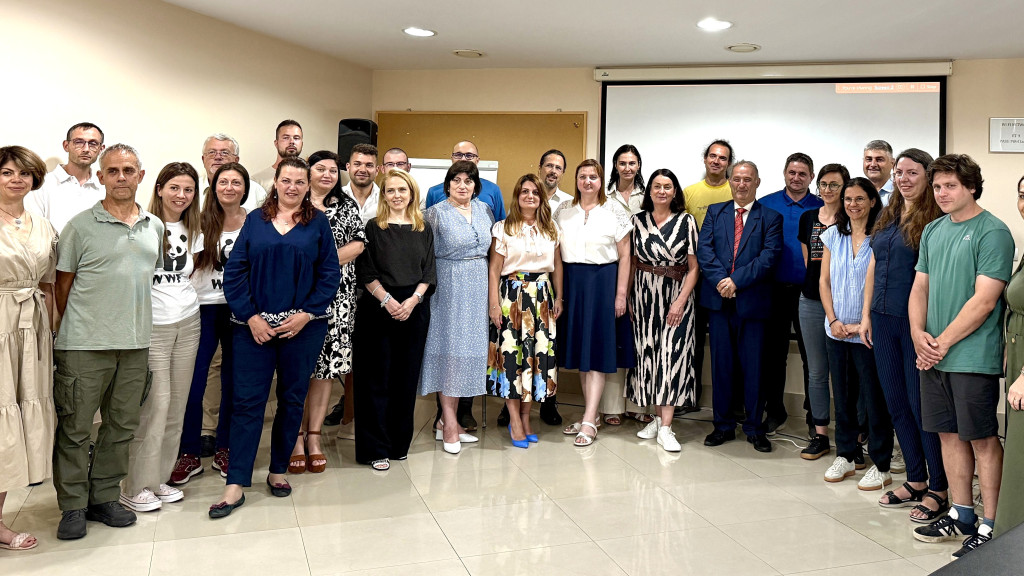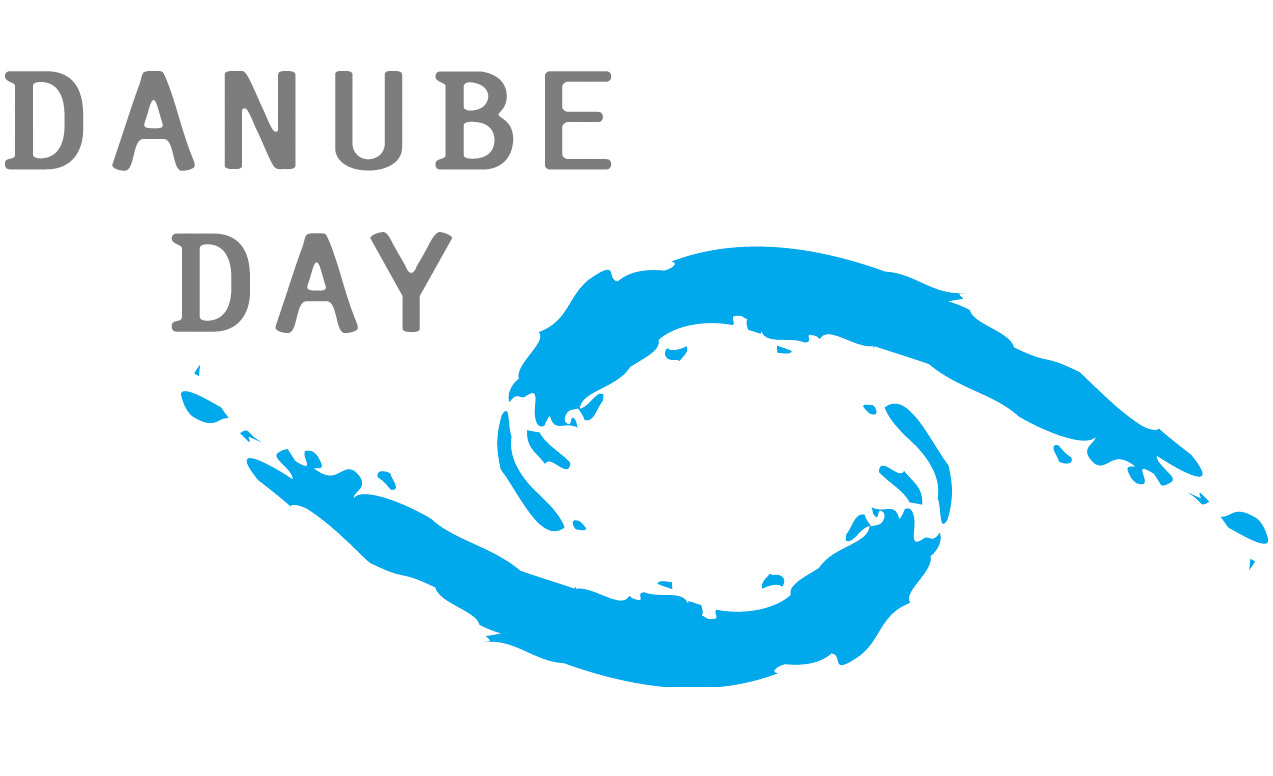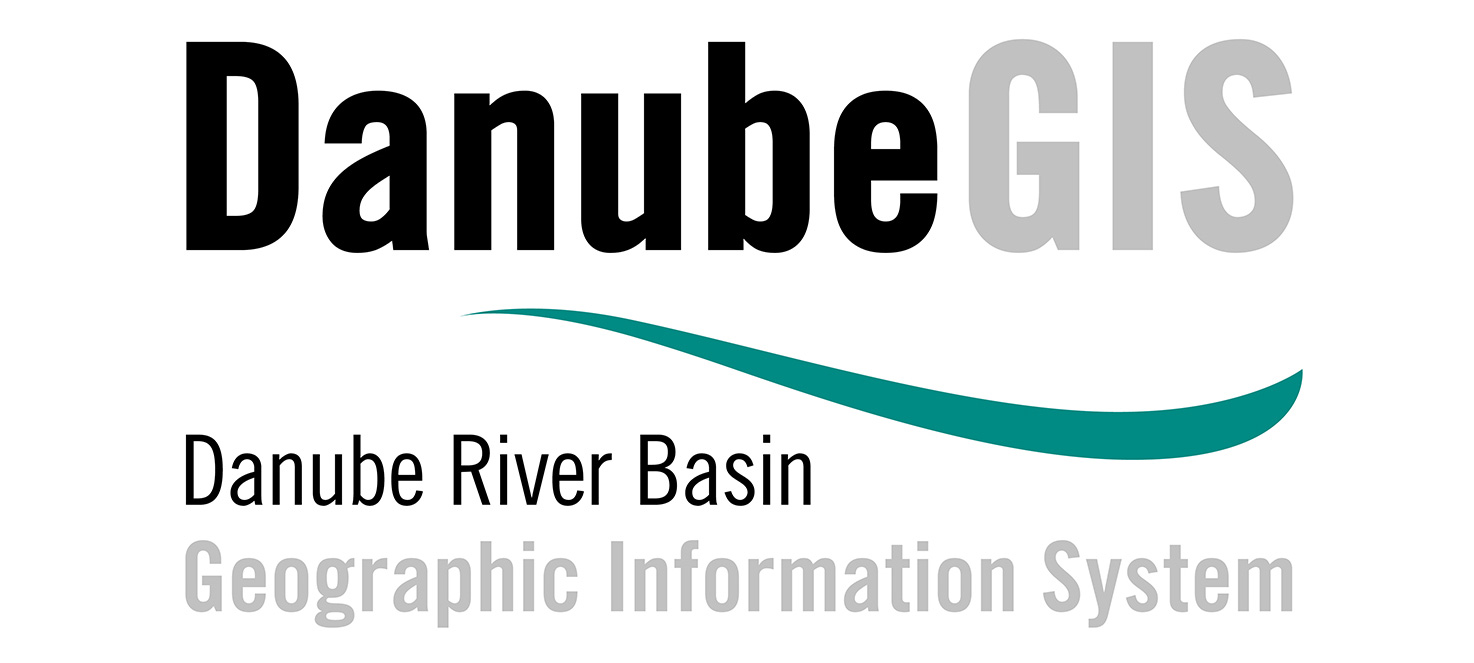Danube Countries Start a Joint Sturgeon Monitoring Initiative to Save Europe’s Migratory Giants

Bucharest, Romania – Nine countries along the Danube River have joined forces to protect some of Europe’s most endangered species: the sturgeons. On 9–10 July, thirteen project partners and strategic allies – including national ministries, universities, NGOs and research bodies – gathered in Bucharest to launch “MonStur in the Danube,” a new cross-border effort to monitor and protect these ancient migratory fish.
Co-financed by the Interreg Danube Region Programme, this three-year project will establish the first-ever transboundary sturgeon monitoring system in the Danube River Basin, laying the foundation for the long-term conservation of migratory fish.
“This project sends a clear message: we must act together if we want to safeguard sturgeons for future generations” declared Mr. Gheorghe Constantin, Project Manager (Romanian Ministry of Environment, Waters and Forests). “The Danube connects us - our efforts must, too.”
A shared solution for a shared challenge
Sturgeons, often referred to as “living fossils,” have been swimming in the Danube for millions of years. But due to overfishing, destroyed habitats, and river fragmentation, most native species are now on the brink of extinction. Two of the six Danube sturgeon species are already lost; the rest survive only in scattered populations.
MonStur in the Danube addresses this urgent situation by:
Developing a common monitoring system that harmonizes methodology and establishes shared databases for populations and habitats across countries
Mapping critical habitats and migration corridors from Germany to the Black Sea
Testing joint techniques like eDNA sampling and telemetry to track population status
Providing national and EU policy makers with scientific evidence and shared recommendations
Raising public awareness and involving local authorities and communities in sturgeon protection
The project builds on previous efforts - such as the MEASURES project - and will contribute directly to the EU Strategy for the Danube Region (EUSDR), the Pan-European Action Plan for Sturgeons (PANEUAP), and the EU Biodiversity Strategy 2030.
From field data to policy impact
The monitoring system piloted by MonStur in the Danube will deliver not only population and habitat data, but also recommendations for national and regional river basin management plans. It will support better coordination among sectoral authorities—especially in areas where new spawning habitats are discovered and must be protected from infrastructure development or other threats.
The results will help create a Transboundary Sturgeon Action Plan for four Upper and Middle Danube Countries, which will harmonize conservation measures for sturgeons along the Danube River Basin.
“Sturgeons don’t recognise national borders – and neither should our efforts to protect them,” said Beate Striebel, WWF Sturgeon Initiative Lead. “This joint monitoring initiative is a critical step toward better protection. By generating reliable, basin-wide data, we can provide both national and EU policymakers with the scientific evidence and shared recommendations they need to take meaningful action.”
This project is supported by the Interreg Danube Region Programme co-funded by the European Union.
Read more about the project on the project page.
This webpage was created within the MonStur in the Danube project, a project under the Interreg Danube Region Programme co-financed by the European Union. Its content is the sole responsibility of ICPDR and does not necessarily reflect the views of the European Union.





